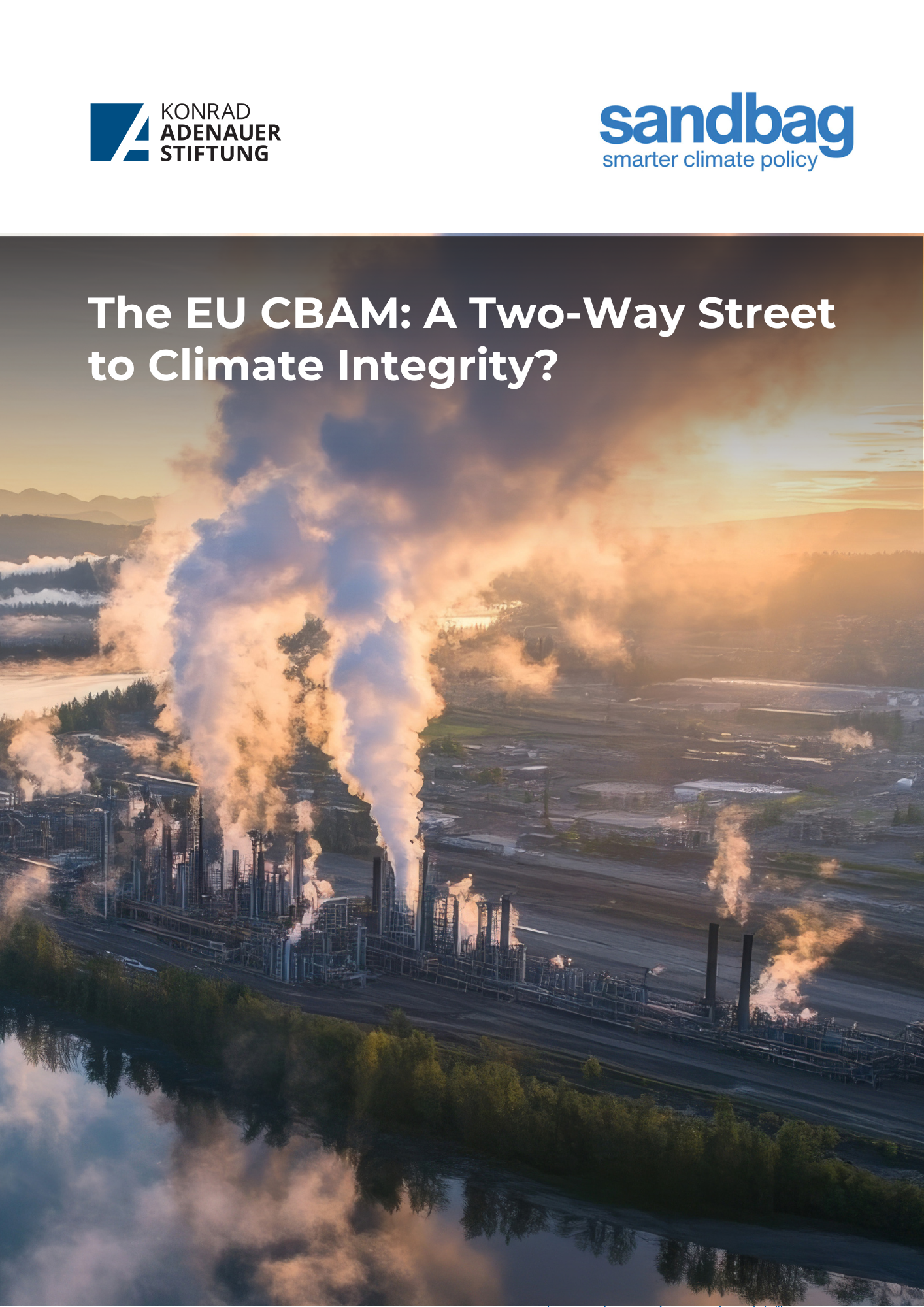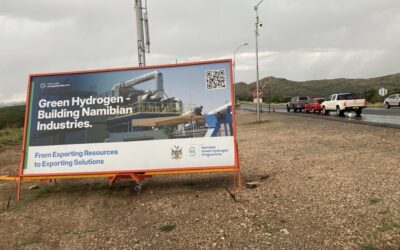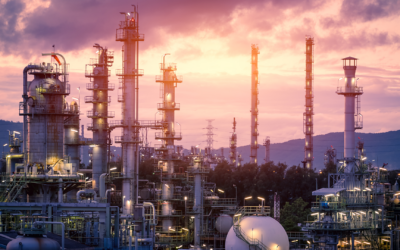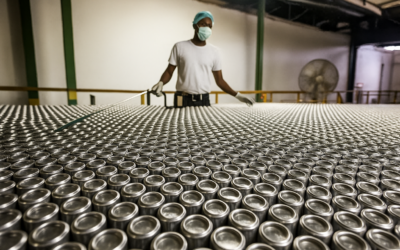The Carbon Border Adjustment Mechanism (CBAM) is an EU climate policy, rather than an international trade policy. It aims to replace the current system of free allocation of emission allowances to EU-based manufacturers under the EU carbon market, which is a major obstacle to industrial decarbonisation in Europe.
Replacing free allocation is therefore an essential piece of the EU’s increased climate ambition. The CBAM could enable the removal of up to 432 million free allowances per year, worth €35 billion no longer given to EU factories.

About the report
Sandbag’s report, supported by the Konrad-Adenauer-Stiftung, explores how the EU’s Carbon Border Adjustment Mechanism (CBAM) and the phaseout of free allocation will affect third country exporters — and the implications for climate policy and global trade. The combined implementation of the CBAM and phaseout of free allocation will increase production costs for both EU and third country producers, which will push up the selling price of CBAM goods in EU markets. In addition, third country producers are able to minimise CBAM costs by strategically selecting inputs and processes so as to export to Europe goods with lower declared emission intensity (resource shuffling). Some exporters might therefore increase profit on their product sales.
If third countries keep trading with the EU “as usual”, the CBAM in its current scope could collect €11.3 billion in fees annually. CBAM fees can be reduced to €7.3 billion (worldwide) if third country producers do resource shuffling, and further down to €7.0 billion if their national authorities set up carbon pricing. The real cost of the CBAM to third countries should however take into account extra revenues expected from the sale of goods into Europe at higher prices. Once these revenues are factored in, the net cost of the CBAM is reduced to €5.0 billion across all countries under business-as-usual conditions and in the scheme’s current coverage. This goes down to €995 million if exporters do resource shuffling, and to only €715 million (about 0.07% of the value of imports) if all trade partners implemented a €50 carbon price.
Resource shuffling is a way of minimising CBAM costs and sometimes profiting from the scheme. However, such practice does not reduce emissions and could hinder the EU’s efforts in phasing out free allocation in the EU ETS. This may press the EU to change some of the rules to reduce the gains achievable through resource shuffling.
It is therefore not preferable for EU trade partners to build long-term strategies based on resource shuffling. In contrast, implementing carbon pricing makes it possible for third countries to dramatically reduce CBAM costs- and even benefit from the mechanism– while creating real emission reduction incentives. It also makes third country producers indifferent.
In the news
- Carbon Pulse, 25 August 2025: EU CBAM seen enabling €35-bln phaseout of free EU carbon permits – report
- Montel News, 25 August 2025: Extended CBAM “could remove 430m free allowances a year”
- Financial Times, 25 August 2025: Raking it in — The EU’s carbon border tax could earn the bloc up to €11.3bn annually if other countries keep trading with the EU “as usual”, according to Sandbag’s latest report.
- Politico Pro, 25 August 2025: Pressure grows to shield EU car exports from Trump tariffs
- Les Échos, 31 August 2025: Taxe carbone aux frontières : les industriels européens privés de 35 milliards sur dix ans
Related publications
The CBAM dividend for Namibia and Ghana
This research note shows that Namibia and Ghana are likely to benefit from the CBAM, as EU price increases linked to the EU ETS outweigh CBAM fees under current exports. It also sets out transparent transformation scenarios, based on announced industrial projects, to show how expanded and lower-emissions production could further increase export revenues over time.
Chemicals in the CBAM: Time to step up
Sandbag’s latest brief explains why the EU CBAM must be expanded to cover key chemical value chains. With chemicals and refinery products responsible for 30% of industry emissions, phased inclusion is critical to prevent carbon leakage and phase out free allowances.
The EU CBAM: a two-way street between the EU and Africa
Sandbag’s newly released CBAM Simulator allowed us to explore how the EU’s Carbon Border Adjustment Mechanism (CBAM) could impact African exporters — and how cleaner production and carbon pricing could turn a cost into a competitive edge.



